
Air Force, NASA seek potential medical collaboration

David Loftus M.D., PH.D, medical officer and principal investigator space biometrics research branch, NASA Ames Research Center, meets with members of the 60th Medical Group at Travis Air Force Base, California. NASA and David Grant Medical Center are meeting for a potential collaboration between the two organizations to help in future space exploration. (U.S. Air Force photo by Louis Briscese)
TRAVIS AIR FORCE BASE, Calif. – Representatives from NASA visited David Grant Medical Center here, recently, in hopes of establishing research collaboration leading to advances in medical support for deep space missions as well as warfighters. The space agency provided a presentation on manned deep space exploration missions and how Travis fits into their long-term vision.
The Clinical Investigation Facility inside DGMC provided valuable research data to NASA. They arranged demonstrations of their capabilities during the visit which was led by Air Force Lt. Col. Leonardo Tato, director of the Clinical Investigation Facility, 60th Medical Support Squadron.
“NASA is being chartered to come up with medical capabilities for long-term exploration,” said Tato. “Currently, their medical capacities are based on their mission to 230 miles low orbit.”
Dr. David Loftus, medical officer and principal investigator of the Space Biosciences Research Branch, NASA Ames Research Center, Moffett Field, California, is excited about the potential collaboration between NASA and Travis.
“We see a partnership with Travis as a terrific opportunity,” said Loftus. “With our medical technologies and their abilities to test them with real-world application through research, the partnership will be vital to our success.”
Although manned space travel isn’t new, the distances for the next phase of deep space missions are much greater than ever before for human exploration.
“Traveling to Mars and beyond are such tremendous distances from earth,” said Loftus. “That type of travel requires a whole new medical capability, which is why we are here at Travis.”
NASA’s vision is to begin long-distance travel within the next 15 to 20 years.
“The maximum distance we travel now is 230 miles to the International Space Station,” said Loftus. “Ultimately, we’ll explore unmanned and then manned missions around the moon, then to Mars and beyond.”
Research at the CIF is conducted with the purpose of advancing military science and developing advanced military technologies to improve healthcare of patients on and off the battlefield. The research aims to address unique military medical requirements that civilian institutions and industry may not have economic incentive to pursue.
“We have to leverage our civilian partnerships and other government agencies to solve our unique military health capability gaps,” said Tato. “Our military mission and unique operational environment generates special medical needs, whereas civilian institutions and businesses don’t have the monetary incentive to tackle these issues as they are not in their scope of practice.”
NASA is working in conjunction with Livermore National Laboratory, Livermore, California, to develop instruments that analyze patients through breath and fluids.
“Our technologies are a combined effort between NASA and Livermore National Laboratory,” said Loftus. “The advancements of microfluidic and breath analysis technologies combined together to form a very powerful diagnostic instrument.”
One of the devices NASA is utilizing was created by Dr. Jing Li, NASA Ames Research Center, Li has been developing this device for 10 years.
“The E-Nose breathalyzer allows you to understand the different volatile compounds in exhaled breath,” said Loftus. “This correlates with the various compounds and the health of the patient or warfighter.”
There is also optimism that the collaboration will improve military applications on the battlefield.
“We feel this technology will be perfect for deep space missions as well as military applications,” said Loftus. “We’re very interested in the effects of injuries from pulmonary and traumatic brain injury from improvised explosive devices.”
The collaboration between NASA and Travis is a perfect fit because of the similarities they share said Air Force Lt. Col. Ian Stewart, 60th Medical Support Squadron, nephrologist, which is a doctor that specializes in kidney care.
“It’s very exciting because NASA and the military share a lot of similar problems,” said Stewart. “The ability to evacuate a casualty from an austere environment is similar to providing emergency medical care to an astronaut in space.”
Disclaimer: Re-published content may have been edited for length and clarity. Read original post.
Soldiers test Army's newest transport telemedicine technology
Article
7/20/2018
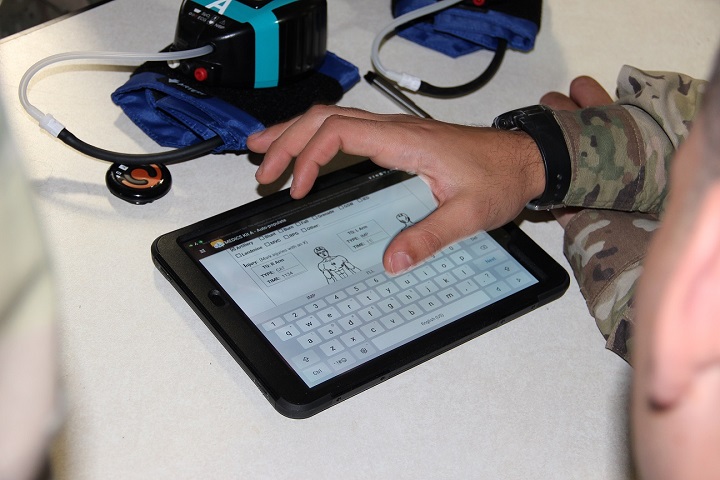
MEDHUB is really about life-saving situational awareness
Navy Care app enables medical appointments from work, home
Article
7/13/2018
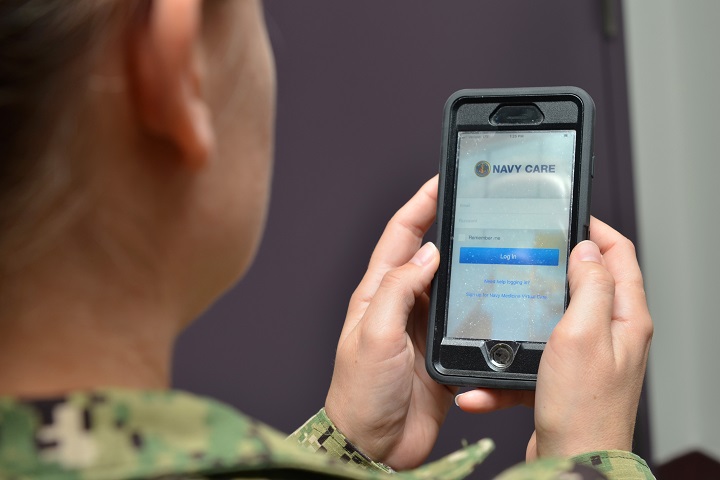
The app delivers convenient care with the quality of a face-to-face visit
From an award ceremony to panel talks, senior leaders will have presence at HIMSS
Article
3/8/2018
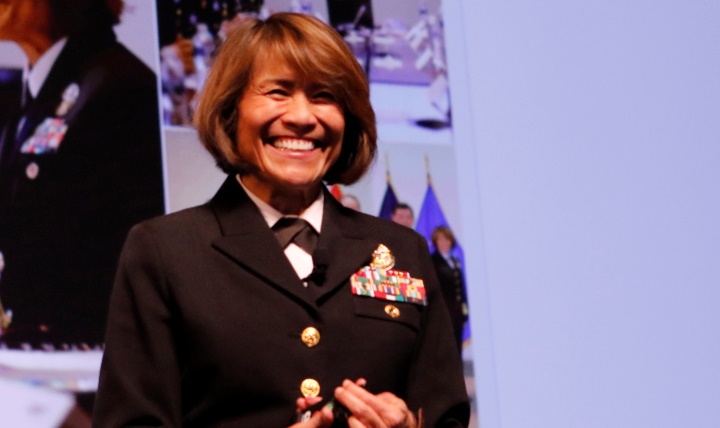
Federal health, IT experts come together for discussion on hot topics
Air Force robotic surgery training program aims at improving patient outcomes
Article
2/9/2018
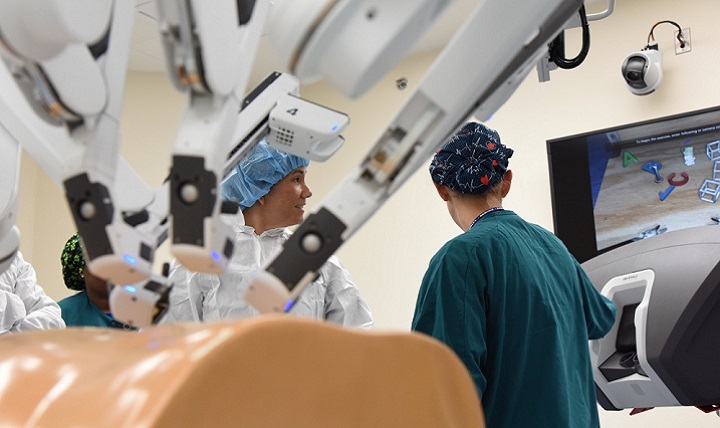
Robotic surgery is becoming the standard of care for many specialties and procedures
2017 Year in Review: Places where Military Health System leaders, experts gathered
Article
12/21/2017
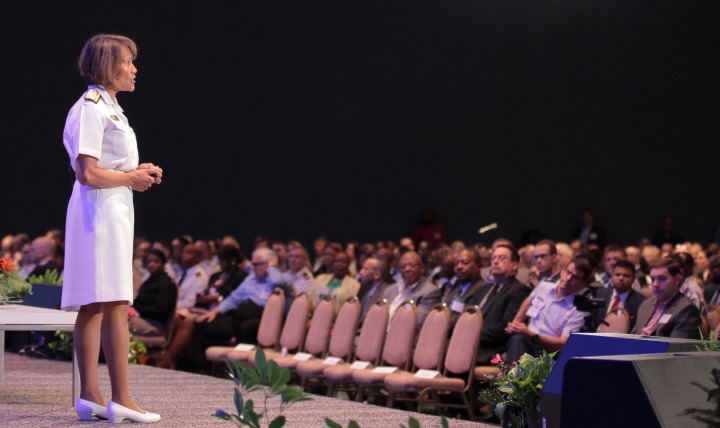
Conferences offer opportunities to focus on the best health care for beneficiaries
First cold storage platelet unit collected in Southwest Asia
Article
9/15/2017

It is likely that cold storage platelets, a method developed by the military, will eventually be the standard practice around the world for handling and shipping platelets
Combat medic students train using hologram technology
Article
9/7/2017

The Combat Medic Training program is the first METC program to incorporate hologram technology to augment training
Possible cause for severe eczema has been found
Article
8/21/2017

Some patients living with severe eczema have been found to have mutations on a gene called CARD11 – Identified as a possible cause for the condition, the discovery can lead to exciting possibilities for advancements, according to the researchers
Health IT team working on creating an information ecosystem
Article
7/25/2017

Highly interactive environment benefits patients, providers
Counter-hemorrhaging medical device saves service members' lives
Article
7/18/2017

Born out of necessity on the battlefield, a new medical device is buying vital time for critically wounded patients
With success comes ‘great momentum’ in hearing center’s future
Article
7/13/2017
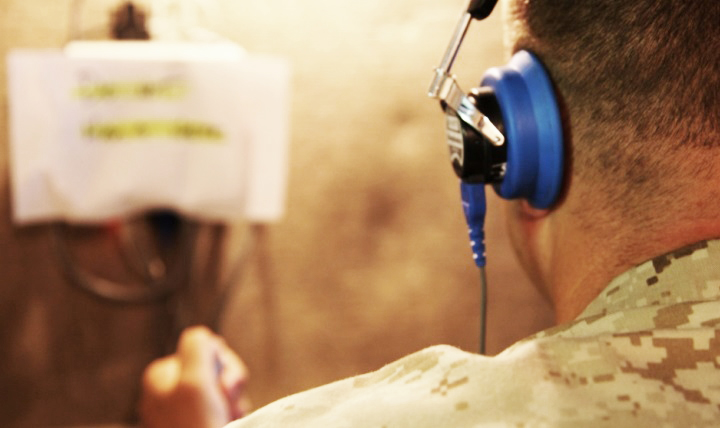
DoD’s Hearing Center of Excellence works closely with other departments and organizations, including VA and NIH, to facilitate research focused on prevention, diagnosis, mitigation, treatment, and rehabilitation of hearing issues
Partnership improves care, prosthetics for wounded warriors
Article
7/10/2017

The Extremity Trauma and Amputation Center of Excellence brings DoD and VA together to conduct research aimed at saving extremities and improving care for patients with amputations
Army scientists hope to unlock clues to bone healing in space experiment
Article
7/3/2017
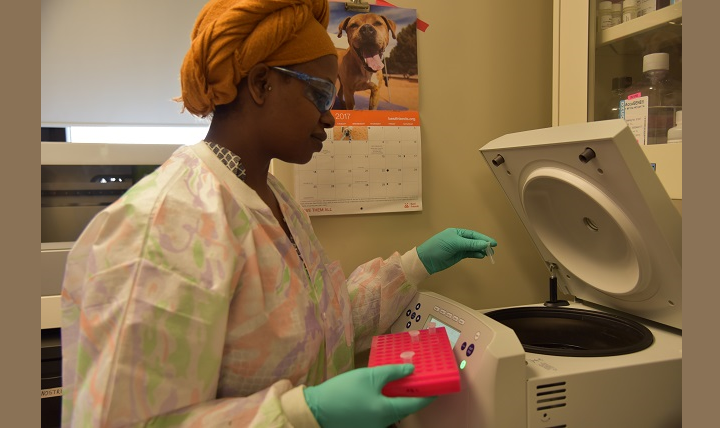
Scientists at the U.S. Army Center for Environmental Health Research are hoping to determine how bones heal in microgravity, based on an experiment that launched to the International Space Station aboard SpaceX in February and returned to earth aboard SpaceX's Dragon cargo craft in March
Health Innovation Month: Finding new ways to better health outcomes
Article
6/30/2017

July is Health Innovation Month in the MHS. Sean Biggerstaff, acting director for Research and Development for the Defense Health Agency, shares his thoughts on what health care innovations are doing to save lives on and off the battlefield
Army supporting clinical trial testing hemorrhage control foam
Article
6/14/2017
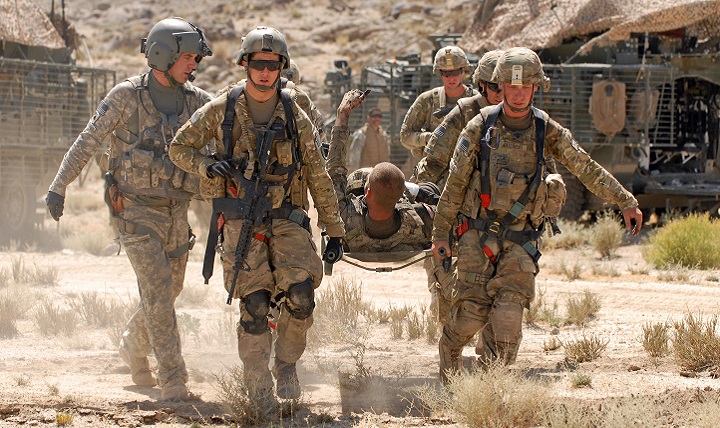
The Army is supporting a pivotal clinical trial to test the safety and effectiveness of a self-expanding foam device to stop massive intracavitary abdominal bleeding





















.png)









No hay comentarios:
Publicar un comentario